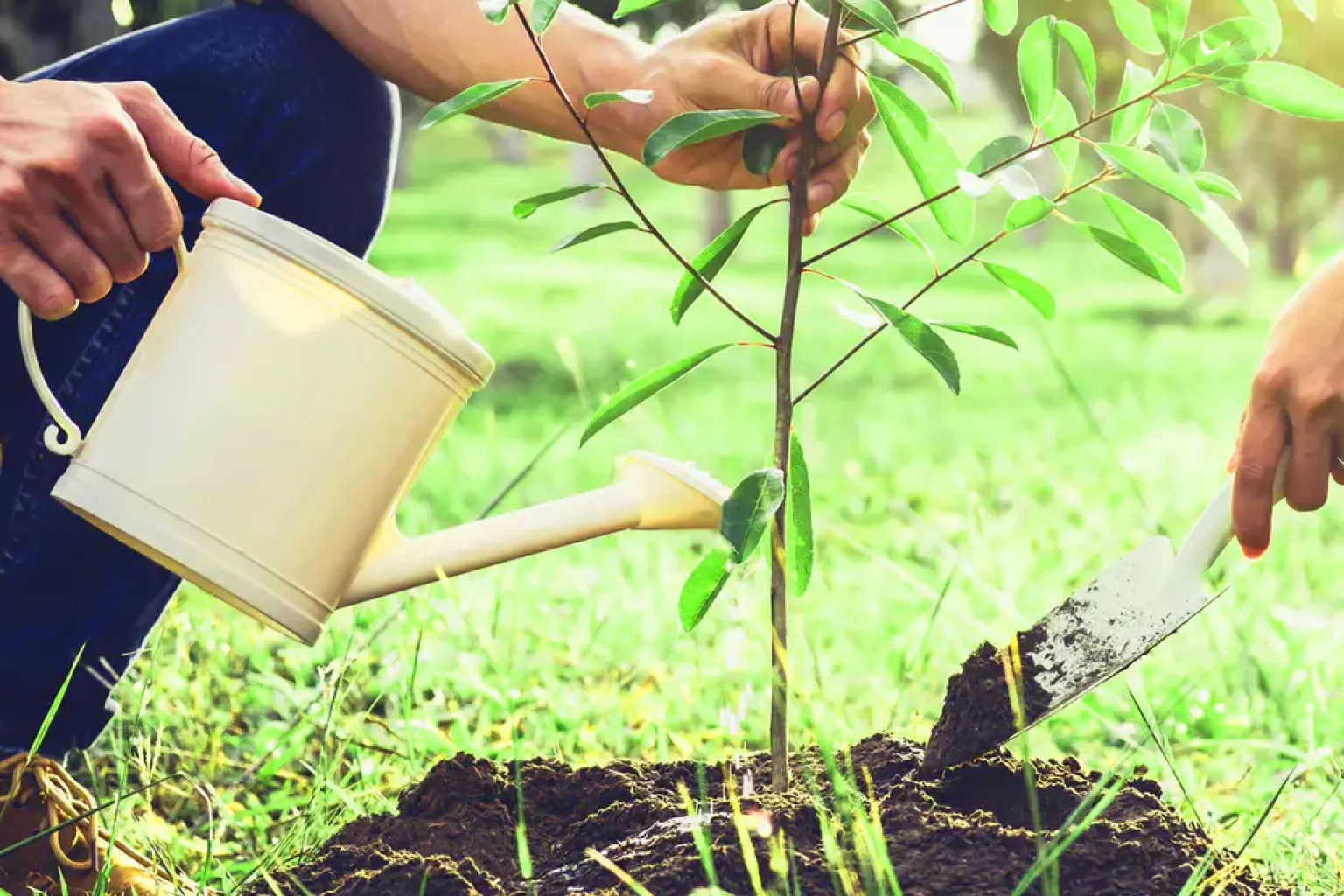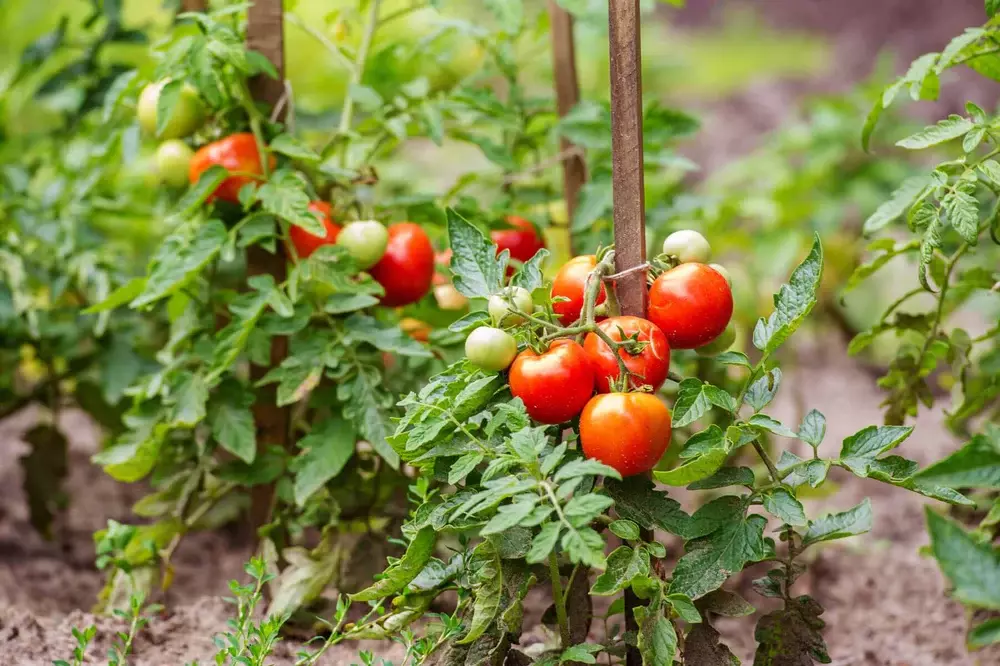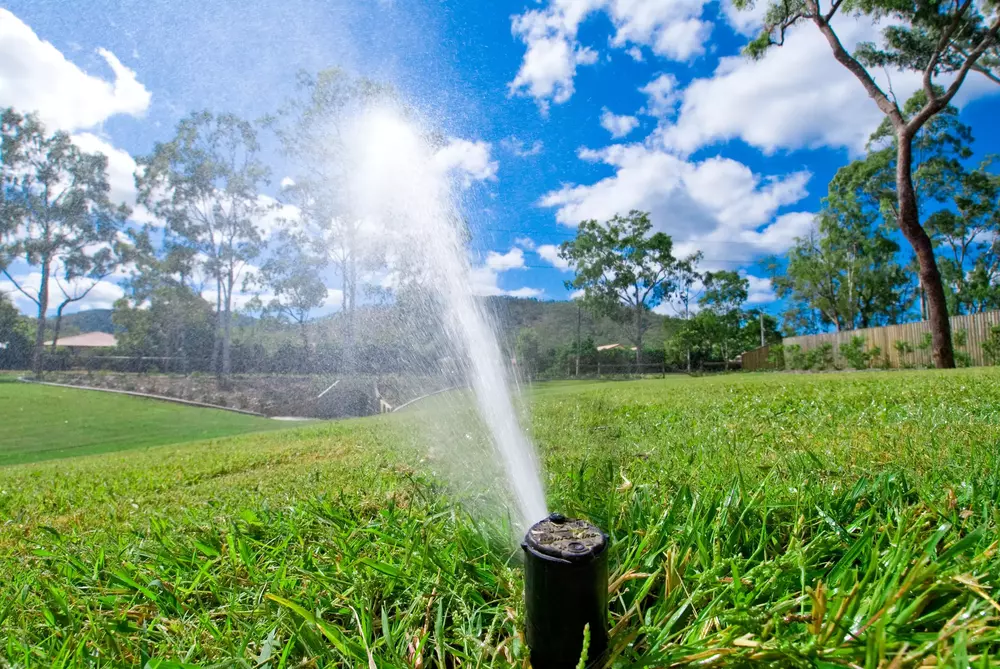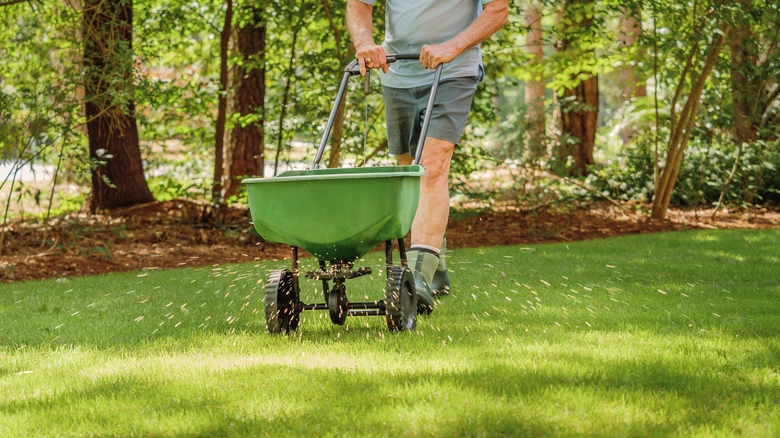Planting apple trees can be a rewarding endeavor, providing you with an abundant harvest of fresh, delicious fruit for years to come. However, timing is crucial to ensure the successful growth and development of your trees. In this article, we will explore the best time to plant apple trees and offer some valuable tips to help you achieve a fruitful harvest.
Table of contents
Ideal Planting Season for Apple Trees
The best time to plant apple trees typically falls during late winter to early spring.
This period is just before the buds begin to break dormancy. This time is ideal because it allows the tree to establish its root system before the growing season starts, giving it a head start in its development. However, the exact timing may vary depending on your local climate and the specific apple tree variety. Be sure to research the recommended planting time for your chosen variety and consult with a local nursery or gardening expert for advice tailored to your region.
The Importance of Climate and Hardiness Zones
Before planting your apple trees, it’s essential to consider the climate and hardiness zone in which you live. Apple trees can thrive in a wide range of environments, but each variety has specific requirements for temperature, humidity, and rainfall.
To determine the best apple tree variety for your area, consult the USDA Plant Hardiness Zone Map, which classifies regions based on their average annual minimum winter temperature. This information will help you select a variety that is well-suited to your climate, ensuring a successful harvest.

Selecting the Right Apple Tree Variety
There are numerous apple tree varieties available, each with its unique flavor, appearance, and growth characteristics. Some popular options include:
- Honeycrisp
- Fuji
- Granny Smith
- Gala
- Golden Delicious
When choosing a variety, consider factors such as taste preferences, tree size, and disease resistance. You may also want to select a variety that is compatible with the color psychology in home decor. Do this if you plan to plant your tree near your home or in a visible location.
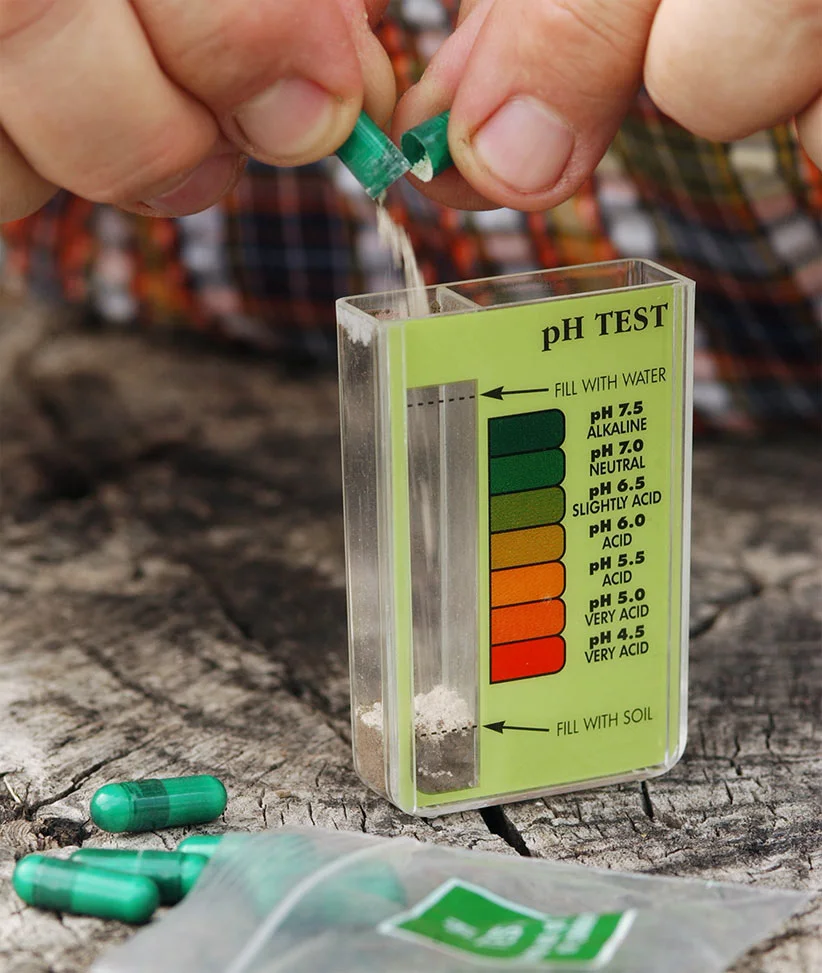
Preparing the Planting Site
To ensure optimal growth, it’s essential to prepare the planting site properly. Some tips for doing so include:
- Choose a location with well-draining soil and full sun exposure for at least 6-8 hours per day.
- Ensure the site is free of weeds and other plants that may compete for nutrients and water.
- Test the soil pH to ensure it is within the optimal range for apple trees (6.0-6.5). If necessary, amend the soil to achieve the desired pH level.
- Dig a hole twice as wide and just as deep as the root ball of your apple tree.
As you prepare your planting site, don’t forget to consider your overall home decor tips and best table top decor ideas to ensure your apple tree complements your outdoor living space and enhances the aesthetic appeal of your property.
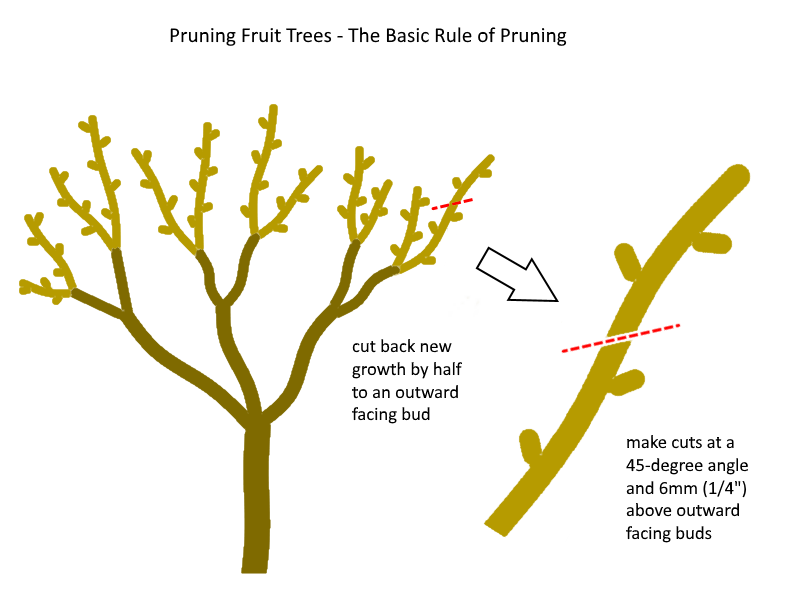
Planting and Caring for Your Apple Tree
Once you have selected the ideal planting time, location, and apple tree variety, it’s time to plant and care for your new addition. Here are some essential steps to follow:
- Place the root ball in the hole, ensuring the top of the root ball is level with the surrounding soil.
- Fill the hole with soil, gently tamping it down to eliminate air pockets.
- Water the tree deeply to help the roots establish themselves in the soil.
- Apply a layer of organic mulch around the base of the tree, leaving a gap between the mulch and the trunk to prevent rot.
- Stake the tree, if necessary, to provide additional support during its initial growth.
After planting, proper care is essential to ensure the health and productivity of your apple tree. Here are some tips for ongoing maintenance:
- Water the tree regularly, especially during the first year and during dry periods.
- Prune the tree annually to encourage a strong, well-structured canopy and promote fruit production.
- Apply a balanced fertilizer according to the manufacturer’s recommendations.
- Monitor the tree for signs of pests or diseases and treat promptly if issues arise.
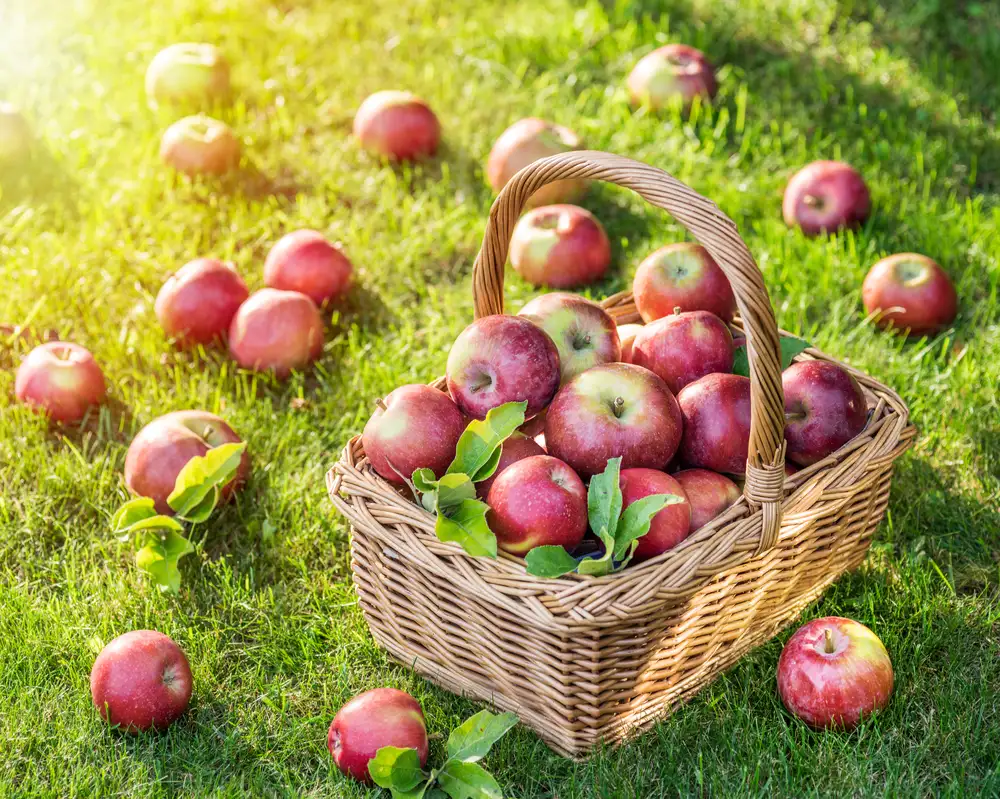
Final Thoughts
Knowing the best time to plant apple trees is crucial for a successful harvest. By choosing the appropriate planting time and providing proper care, you can enjoy the delicious rewards of homegrown apples for years to come.
As you cultivate your apple tree, don’t forget to explore other aspects of home and living, such as how to cook turkey bacon or benefits of an organized kitchen. Our website offers a wealth of information and inspiration for creating a comfortable, functional, and beautiful home.


